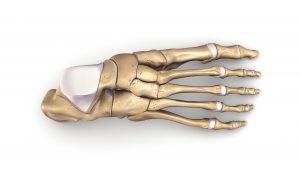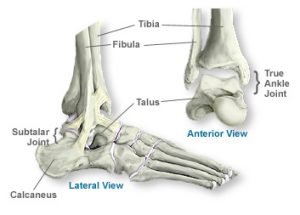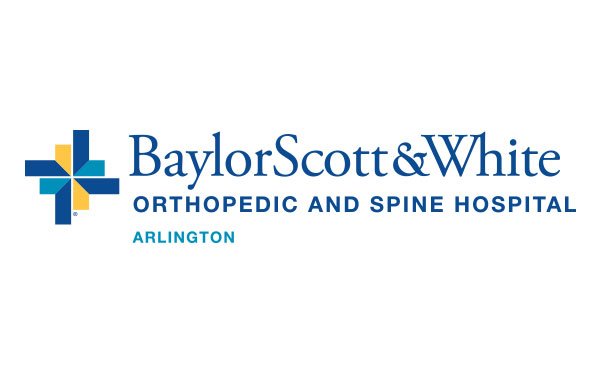Midfoot Fusion
 The Midfoot refers to the bones and joints that make up the arch of the foot. These bones and joints connect the forefoot to the hindfoot and allow motion of the foot. During midfoot fusion, a foot and ankle surgeon fuses the bones of the midfoot together. Fusing the midfoot can preserve the joint function due to the joint having very little movement naturally. A successful midfoot fusion decreases pain and improves function, allowing patients to get back to everyday activities without pain or limited mobility.
The Midfoot refers to the bones and joints that make up the arch of the foot. These bones and joints connect the forefoot to the hindfoot and allow motion of the foot. During midfoot fusion, a foot and ankle surgeon fuses the bones of the midfoot together. Fusing the midfoot can preserve the joint function due to the joint having very little movement naturally. A successful midfoot fusion decreases pain and improves function, allowing patients to get back to everyday activities without pain or limited mobility.
Determining candidates for Midfoot Fusion
Several factors can play into a patient needing a Midfoot fusion. Typically the need for a Midfoot Fusion arises from another limiting condition. These conditions include:
- Arthritis
- Bunions
- Flatfoot Deformity requiring Flat Foot Reconstruction
- Acute Fractures
- Joint Displacement
A surgeon should not perform a Midfoot Fusion on a patient if they have uncontrolled diabetes, poor blood circulation, osteoporosis, or poor skin quality. You surgeon may also utilize additional procedures to correct the shape of the foot such as bone reshaping procedures like a Cotton Osteotomy.
Performing a Midfoot Fusion
An anesthesiologist places the patient under general anesthesia. The skilled foot and ankle surgeon creates one or two incisions into the top of the foot, carefully protecting the tendons and nerves of the foot. The surgeon uses screws and plates to immobilize the joints and allow for bone to form across the joint space. The surgeon may use bone graft, either autograft or allograft, to fill in any spaces between the bones following the excision of cartilage. Autograft means that the bone comes from somewhere else in the patients while allograft means that the bone comes from a cadaver or synthetic material.
Recovering from a Midfoot Fusion
Following a Midfoot Fusion, the patient typically leaves the hospital on the same day and must wear a cast for 6-10 weeks and may not bear weight on the foot for 6-12 weeks. The treating physician may prescribe physical therapy to aid in the patients recovery. Once the physician permits the patient to begin walking again, the patients wears a boot and gradually increases the weight placed on the foot. Physical therapy can help the person relearn how to walk and improve balance following a Midfoot Fusion.
Potential Risks and complications associated with Midfoot Fusion
Every time the skin is penetrated in a procedure, potential risks may arise. During a Midfoot Fusion potential risks include those associated with anesthesia, infection, excessive bleeding, blood clots, and nerve damage.
Surgery specific potential risks include the failure of the bones to fuse, over or under correction of deformity, or issues with the plates and screws used.
If a patient suspects they may have any of these previous listed risks, they must let their provider know immediately.
To see a full list of insurances accepted by AOA orthopedic Specialists, click HERE.
Stubborn foot pain? Call 817-375-5200 or click here to schedule an appointment with a foot and ankle specialist today!
F.A.Q.
What is Midfoot Fusion?
Midfoot fusion is a surgical procedure to treat midfoot conditions like arthritis or fractures by fusing affected bones for stability and pain relief.
Who is a candidate for Midfoot Fusion?
Candidates have severe midfoot pain or deformities not helped by non-surgical methods. Conditions may include arthritis, deformities, or fractures.
What is the recovery process after Midfoot Fusion?
Recovery involves weeks of using crutches or a boot, followed by physical therapy. Full recovery takes months, resulting in reduced pain and improved foot function.


